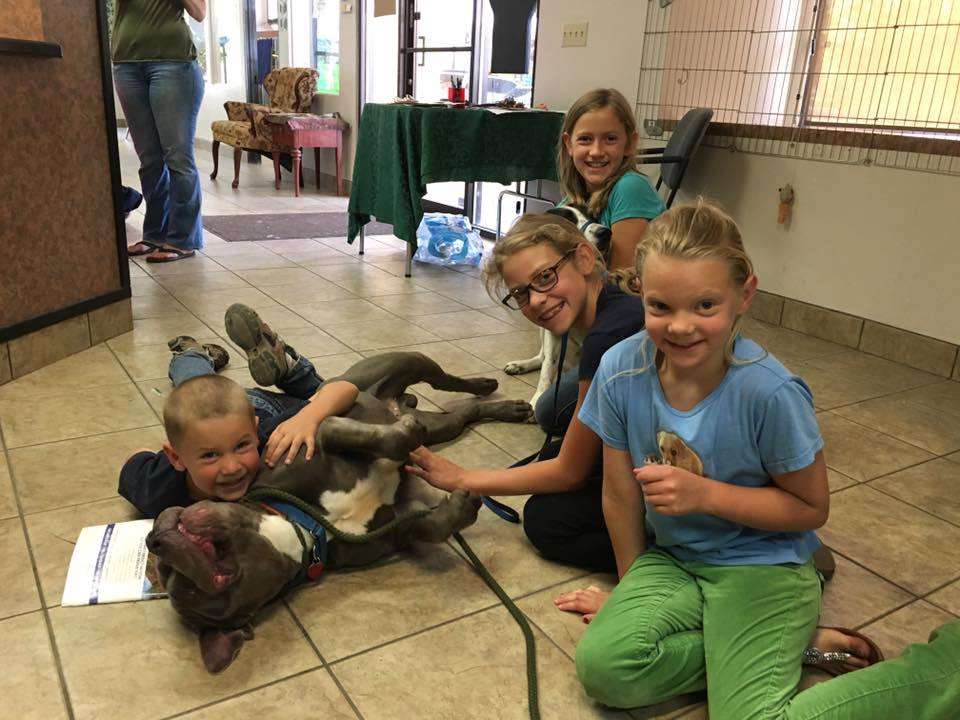
With a 94% combined save rate, Fremont County, CO, is one of the bright lights of Colorado.
Data for Colorado shelters and rescue groups was released this week for 2015. Overall, 86% of Colorado dogs were saved (90% if out of state dogs are included), 83% of cats were saved, 74% of birds, 87% of rabbits, 85% of “pocket pets” (other small mammals), 96% of reptiles, and 83% of fish and “farmed” animals. Once again, there was great hope, given 2013 and 2014’s numbers, that Colorado would verifiably save 90% or more of all the animals. Except for reptiles, that did not occur, which means animals continue to be killed needlessly, but they remain close and exceed many states.
While the dog and bird save rate declined slightly from 2014, other animals, including cats, reptiles, rabbits and other small mammals, did better. In fact, reptiles hit 96%, up from 87% in 2014. (It should be noted that dogs brought in from out of state increased from 24,278 to 28,020; while cat imports declined slightly from 3,869 to 3,708).
Moreover, Colorado surpassed 100,000 dog and cat adoptions for the first time, hitting 100,282. That is an adoption rate of 19 dogs and cats per 1,000 people. Not only are these numbers high, showing that shelters across the country can and should do more adoptions, but they disprove those who claim high adoption rates are not sustainable. In fact, not only does Colorado prove they are, they are getting higher (in 2014, it was 18, it was 17 per 1,000 in 2013 and 16 per 1,000 in 2012) and can go higher still. Comparing Colorado as a whole to the most successful shelters/communities in the nation, Colorado has the potential to adopt out about 122,000 dogs and cats per year.
Data for individual Colorado communities are posted to Saving90.org . Historically, Colorado tended to have more cities/towns with 90+% save rates than any other state, but Michigan overtook it with 28, compared to 24. And it should be noted that not all Colorado cities care about all dogs. While Colorado bans new breed-discriminatory legislation, it has grandfathered in existing laws and cities like Denver and Aurora continue to ban and kill dogs based on the way they look. Moreover, a 90% save rate does not mean a community has achieved No Kill and still means animals are needlessly being killed.
Progress to be sure in some areas, which is worth celebrating, but there is still a lot of work to do. Onward and upward…
2013
In 2013, Colorado shelters saved roughly 90% of dogs and 81% of cats. I say “roughly” because there are some assumptions built in: animals transferred in from other shelters within Colorado may be double counted (which can skew the numbers 1-2%), animals transferred in from outside of Colorado skew the picture of what is happening to Colorado animals, and animals missing/lost may be alive or they may be dead.
2014
In 2014, 89% of dogs were saved, 82% of cats were saved, 86% of birds, 82% of rabbits and other small mammals, 87% of reptiles, 85% of farm animals, and 77% of “other” animals.
The data is here.
————-
Have a comment? Join the discussion by clicking here.